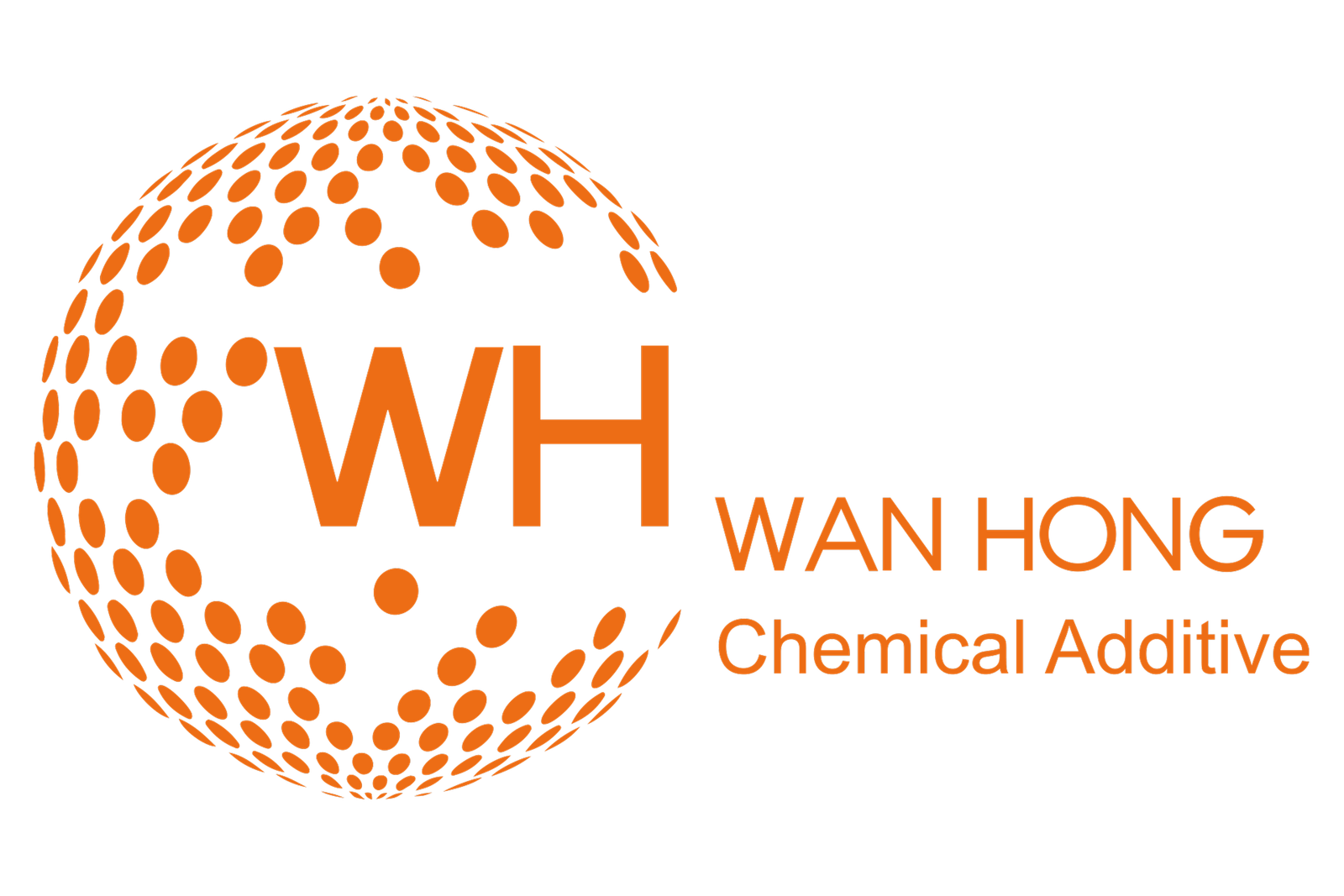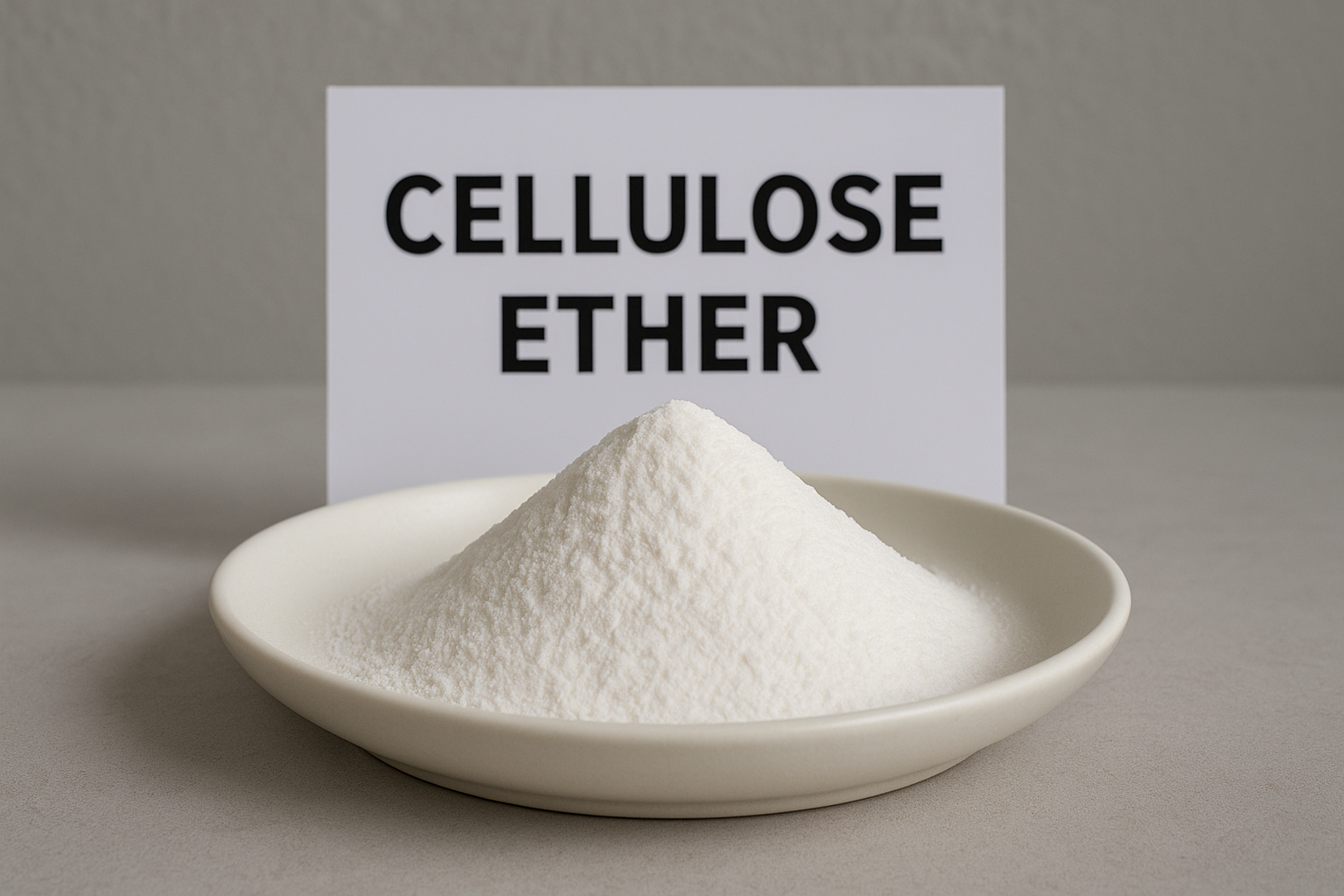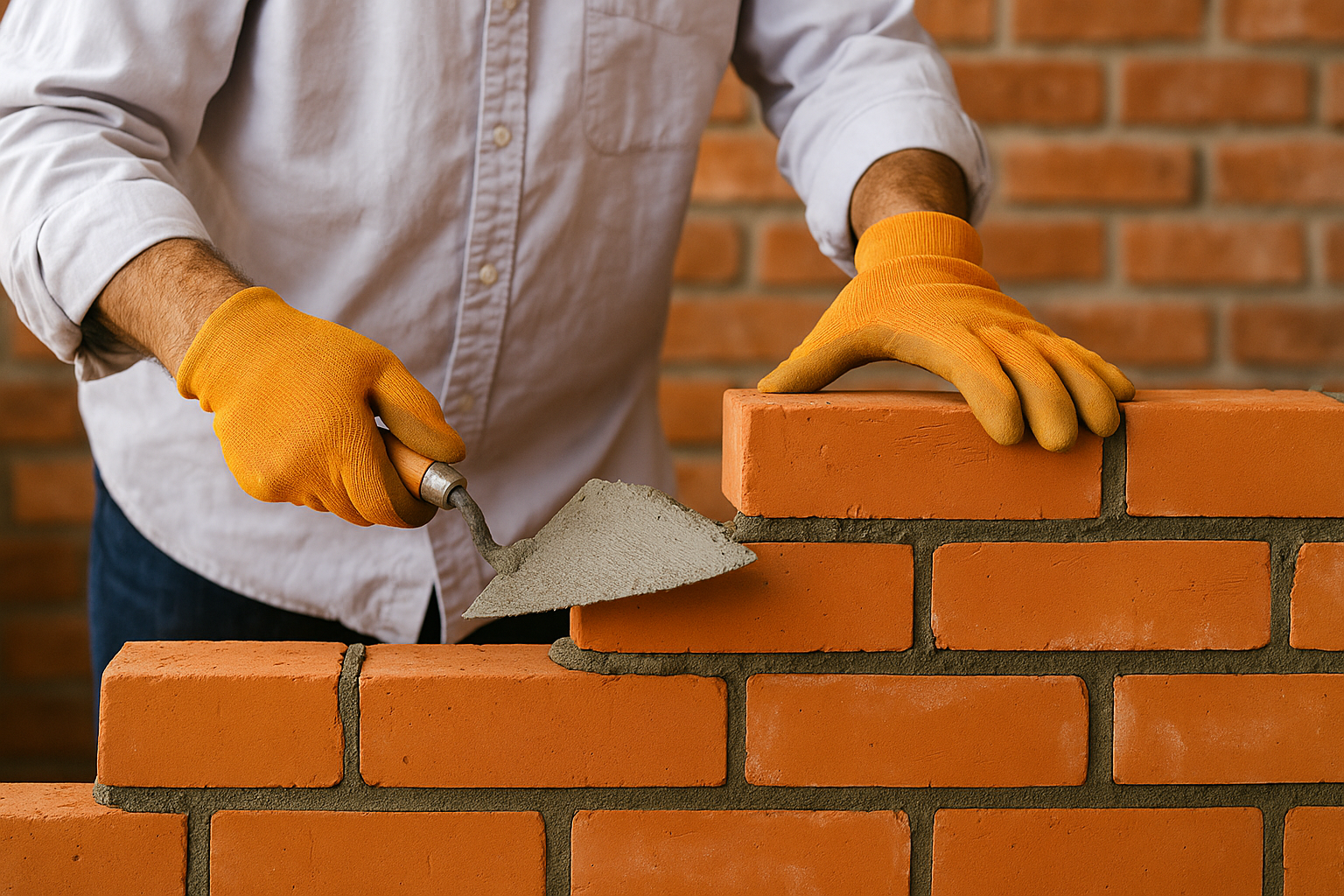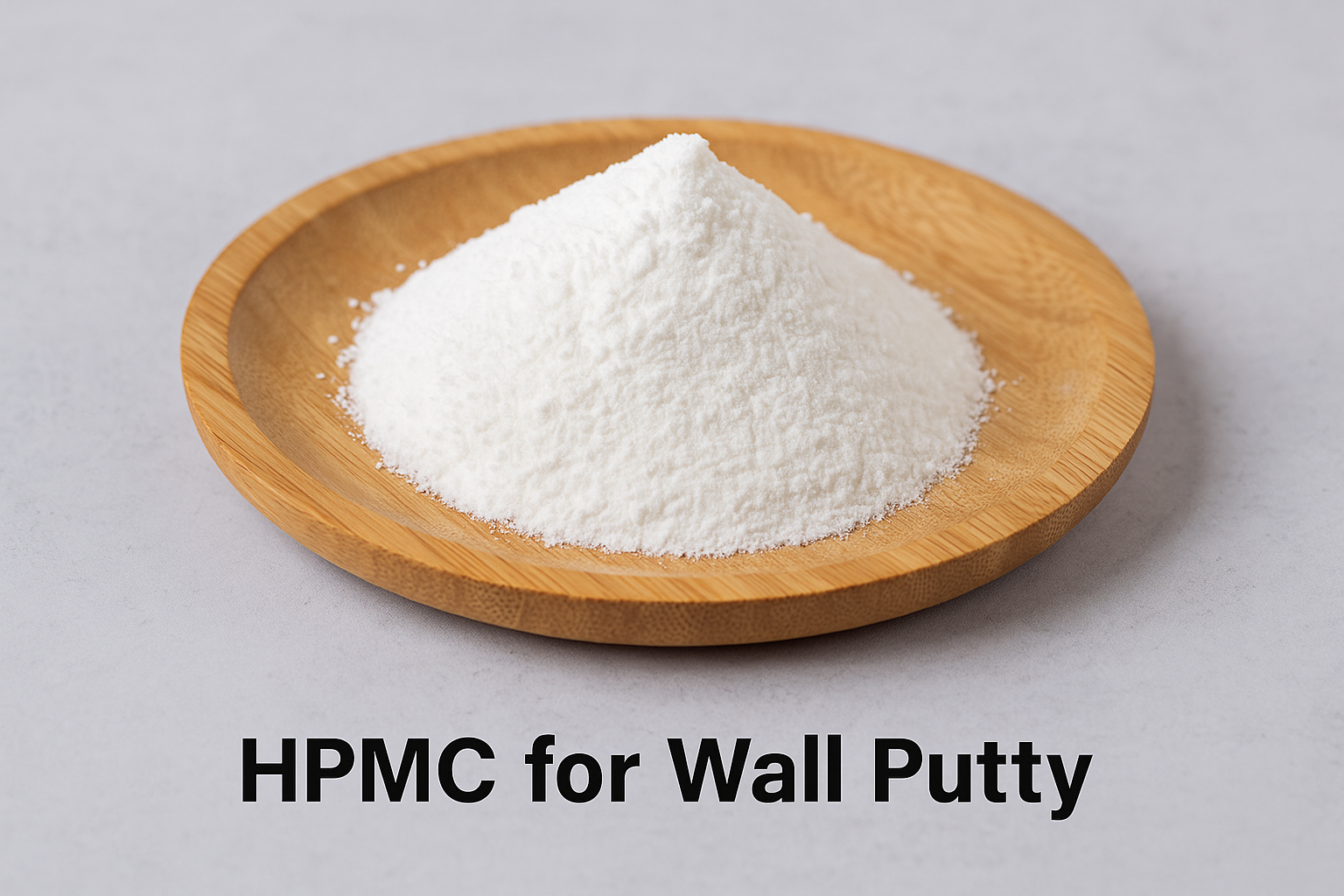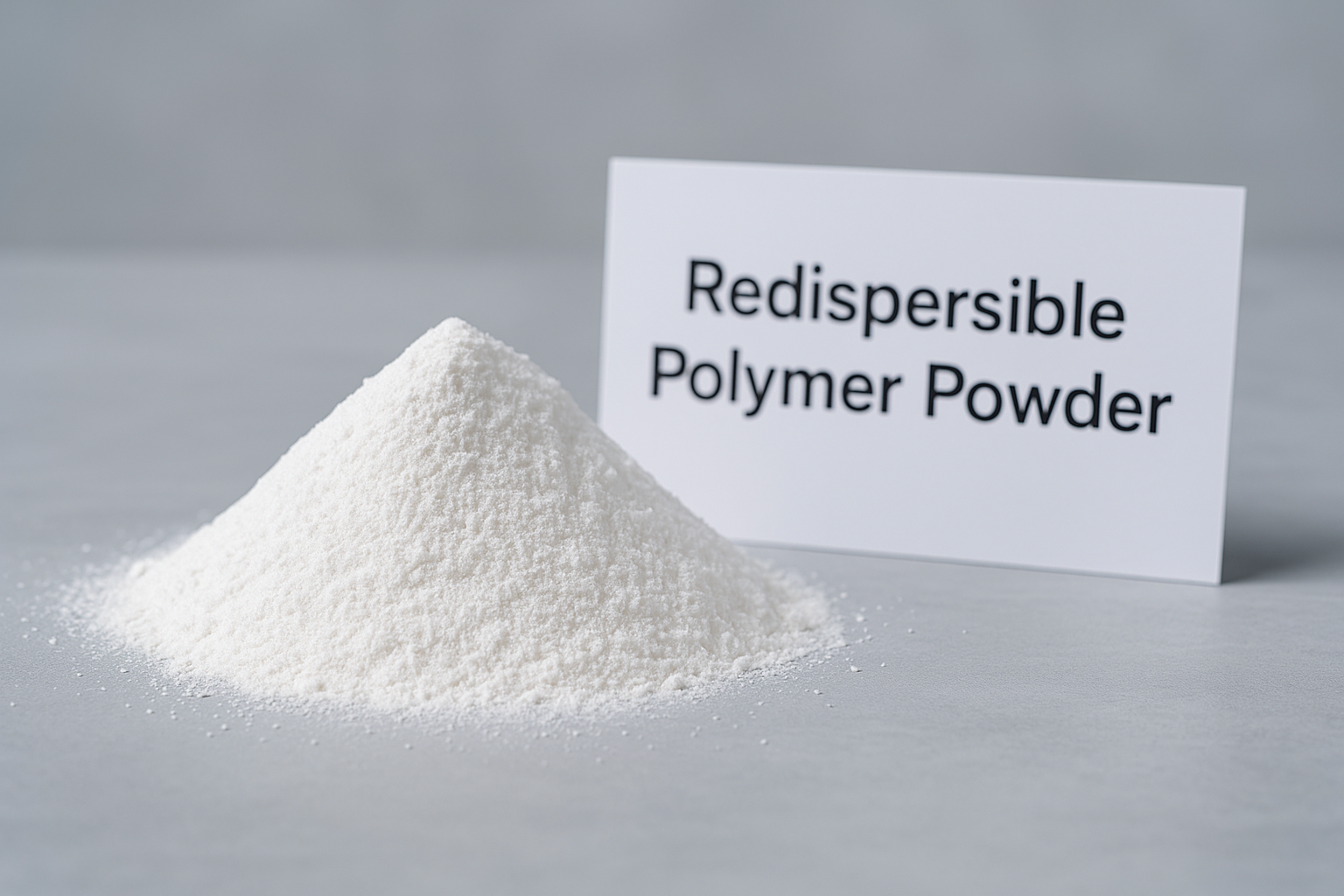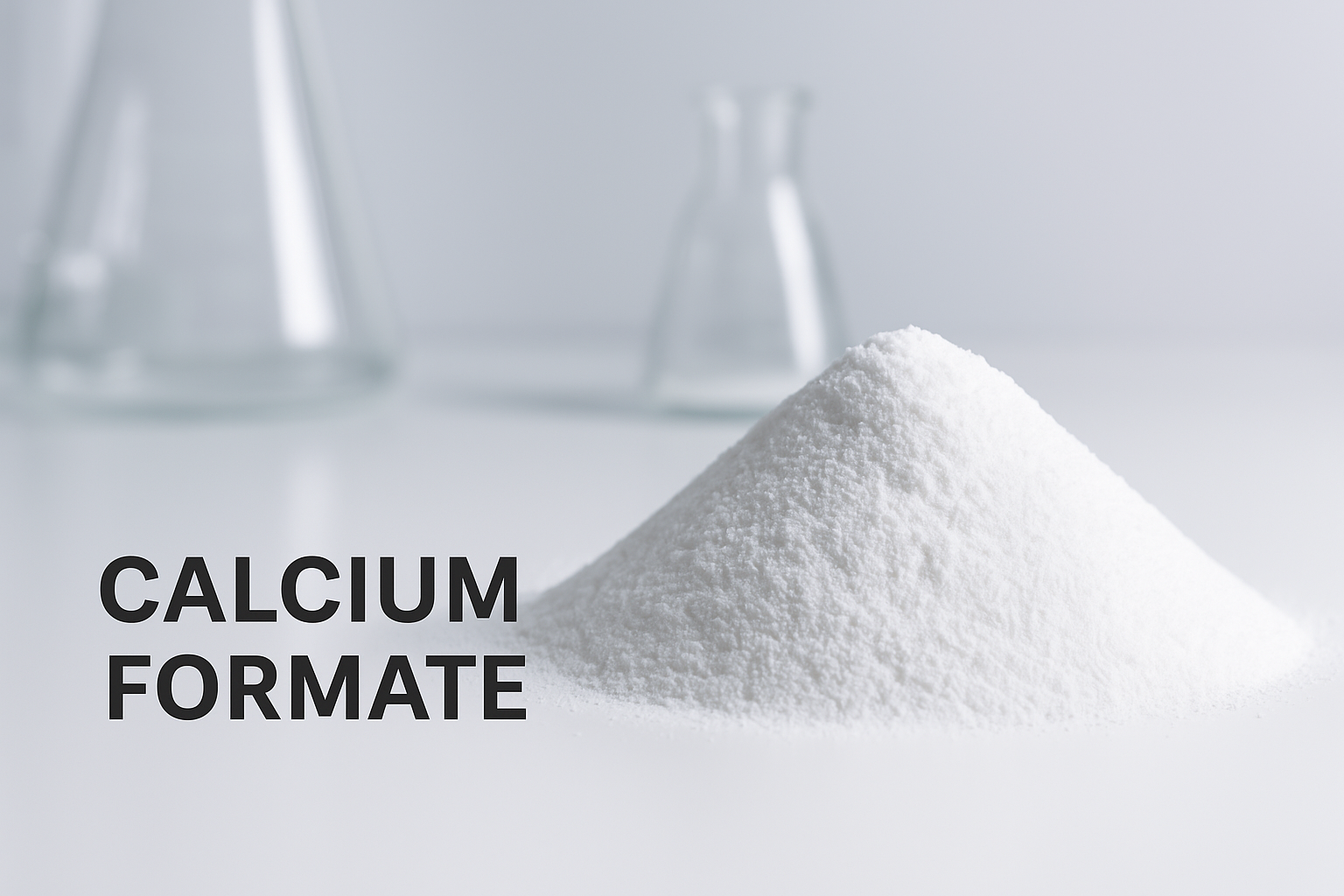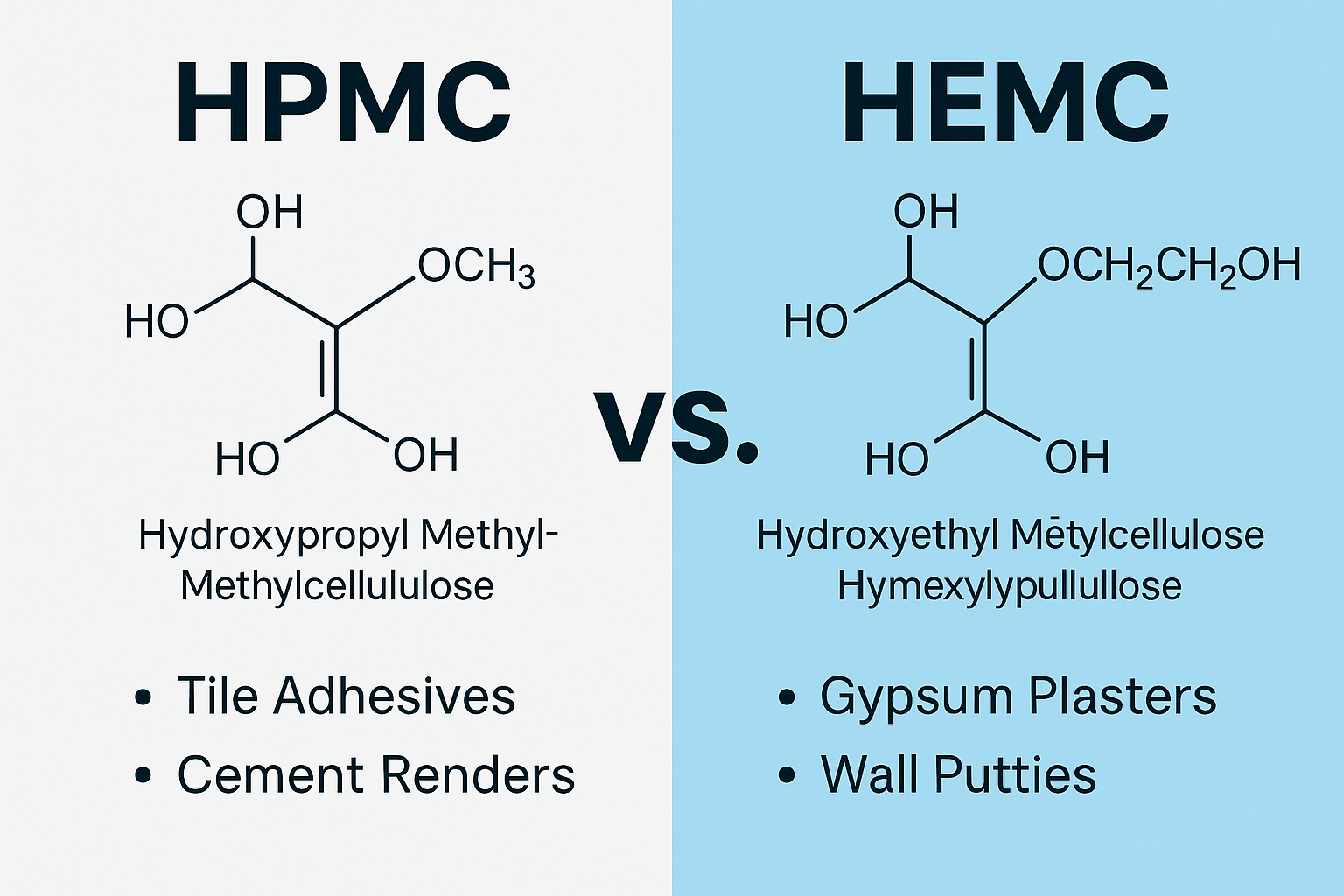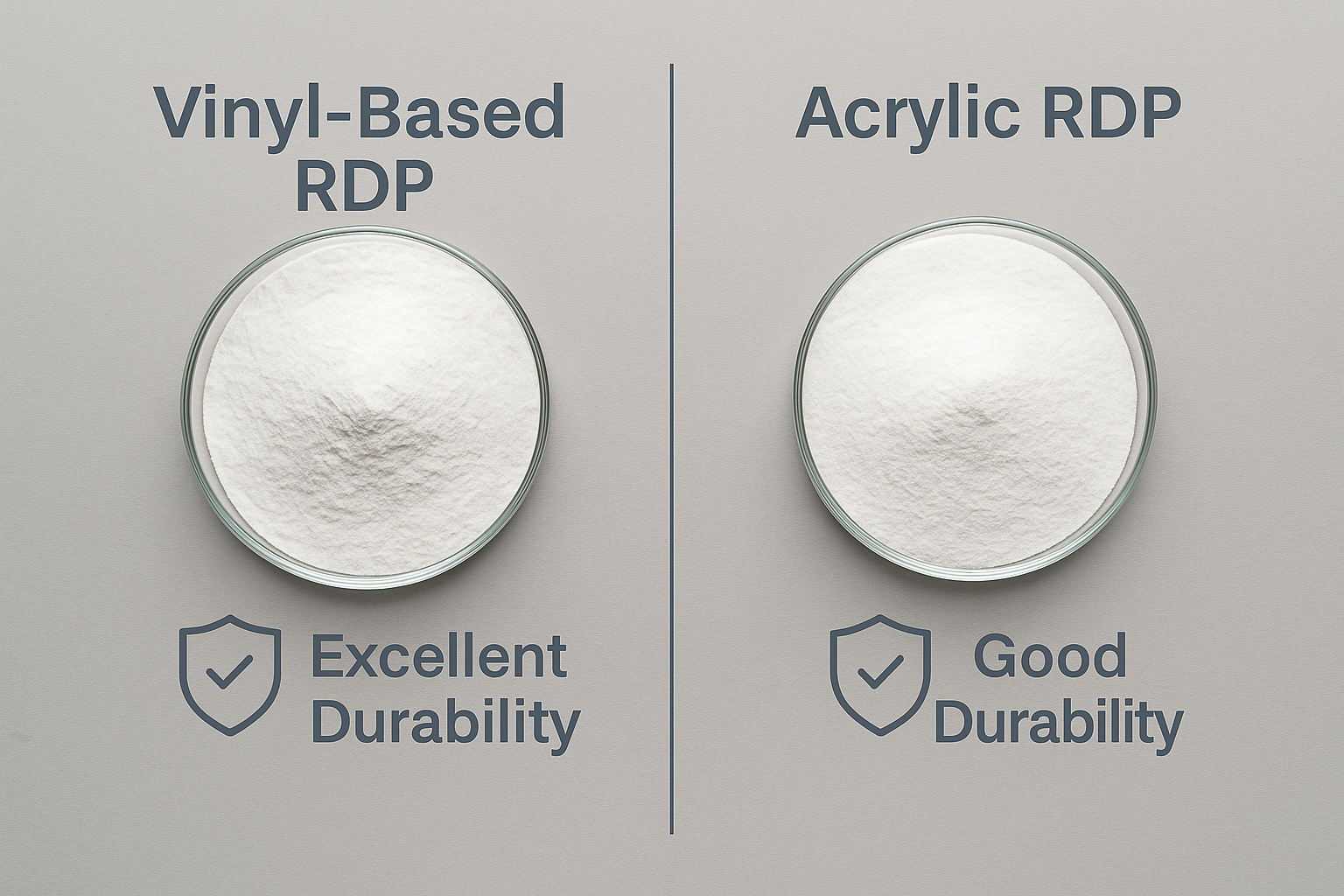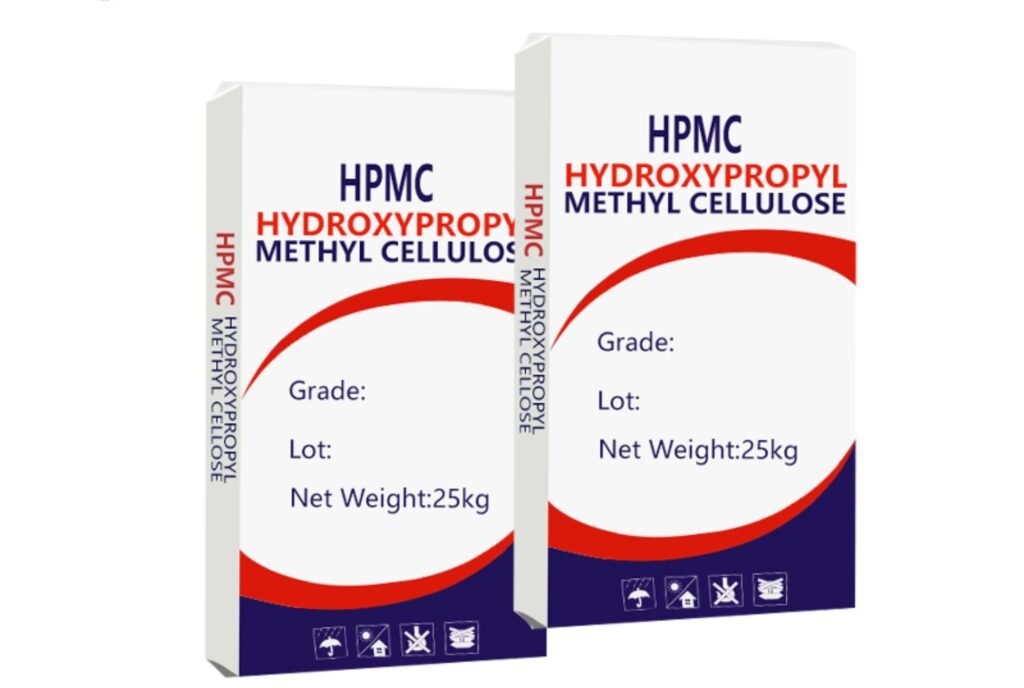Are you struggling to find the right cellulose ether for your construction project? The inconsistent quality of additives can waste your time and money, potentially delaying your entire production schedule.
HPMC (Hydroxypropyl Methylcellulose) is a modified cellulose derivative that functions as a versatile additive in construction materials, improving water retention, workability, and adhesion. It's a non-toxic, white powder that dissolves in cold water to form a clear solution with adjustable viscosity levels.
Let me guide you through everything you need to know about HPMC. With over 15 years in cellulose ether production at Kehao, I've seen how this remarkable material transforms ordinary building materials into high-performing products.
What is HPMC and How Does it Work?
Have you ever wondered why some mortars retain water perfectly while others dry out too quickly? The secret often lies in the quality and type of HPMC1 used in the formulation.
HPMC is a semi-synthetic polymer derived from cellulose through chemical modification processes involving methyl and hydroxypropyl substitution. It works by forming a gel-like network in water that controls water movement, thickens mixtures, and enhances adhesion properties in various applications.
Understanding the Chemistry Behind HPMC
HPMC starts as natural cellulose, typically extracted from cotton or wood pulp. In our factory, we carefully process this raw material through a series of precise chemical reactions. The cellulose first undergoes alkalinization, then reacts with methyl chloride and propylene oxide to substitute hydroxyl groups with methoxy and hydroxypropoxy groups.
The resulting chemical structure gives HPMC2 its unique properties. These substitutions make HPMC soluble in cold water but insoluble in hot water (showing thermal gelation). The degree of substitution (DS) and molar substitution (MS) determine the final properties of the HPMC.
| Property | Description | Impact on Performance |
|---|---|---|
| Viscosity | Ranges from 5-200,000 mPa·s | Controls workability and water retention |
| Methoxyl Content | Typically 19-30% | Affects solubility and thermal gelation |
| Hydroxypropoxyl Content | Typically 7-12% | Influences surface activity and compatibility |
| Gel Point | Usually 58-95°C | Important for specific applications like extrusion |
| Particle Size | Usually 100-150 mesh | Determines dissolution rate |
These technical specifications may seem complex, but they're crucial for matching the right HPMC grade to your specific application needs.
What Are the Main Uses of HPMC in Construction?
Do you find your tile adhesives sliding down the wall or your renders cracking after drying? These problems often stem from using the wrong type of HPMC or one with inconsistent quality.
HPMC is widely used in construction materials including tile adhesives, renders, plasters, self-leveling compounds, and joint fillers. It improves water retention, enhances workability, prevents sagging, extends open time, and increases adhesion strength - all critical factors for successful application and durability.
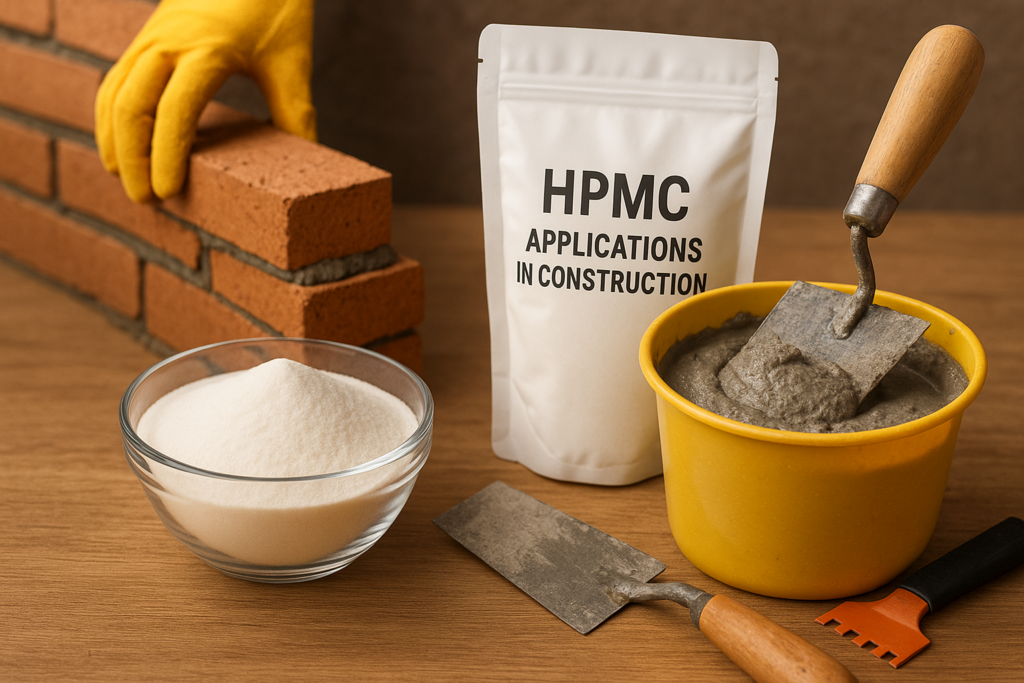
Optimizing Construction Materials with HPMC
I've worked with countless construction material manufacturers, and I've seen firsthand how HPMC3 transforms their products. In dry-mix mortars, the right grade of HPMC makes all the difference in application performance.
For tile adhesives, we typically recommend our 150,000-200,000 mPa·s grades with enhanced anti-sagging properties. This prevents tiles from slipping during installation, a common problem that frustrates professional tile setters. One customer in Saudi Arabia switched to our high-viscosity HPMC and reported a 40% reduction in tile slippage issues.
In cement-based renders and plasters, water retention is crucial. Our medium-viscosity HPMC (30,000-75,000 mPa·s) creates the perfect balance between workability and water retention. This ensures proper cement hydration and prevents rapid drying, which can lead to cracking and poor strength development.
| Application | Recommended HPMC Grade | Key Benefits |
|---|---|---|
| Tile Adhesives | High viscosity (150,000+ mPa·s) | Anti-sagging, extended open time |
| Renders/Plasters | Medium viscosity (30,000-75,000 mPa·s) | Water retention, workability |
| Self-Leveling Compounds | Low-medium viscosity (15,000-30,000 mPa·s) | Flow control, bleeding prevention |
| Joint Fillers | High viscosity, fine particle | Crack resistance, easy application |
| EIFS Systems | Special grades with RDP compatibility | Adhesion to insulation boards, flexibility |
The dosage typically ranges from 0.2% to 0.5% of the dry mix weight, but this can be adjusted based on specific requirements and regional conditions.
What Benefits Does HPMC Offer Compared to Other Additives?
Are your current additives causing inconsistent results or compatibility issues with other ingredients? This frustration is common but completely avoidable with the right HPMC selection.
HPMC offers superior water retention, excellent compatibility with cement and polymers, consistent performance across temperature ranges, and environmental safety compared to alternatives. It provides multiple functions simultaneously (thickening, binding, water retention), reducing the need for multiple additives and simplifying formulations.
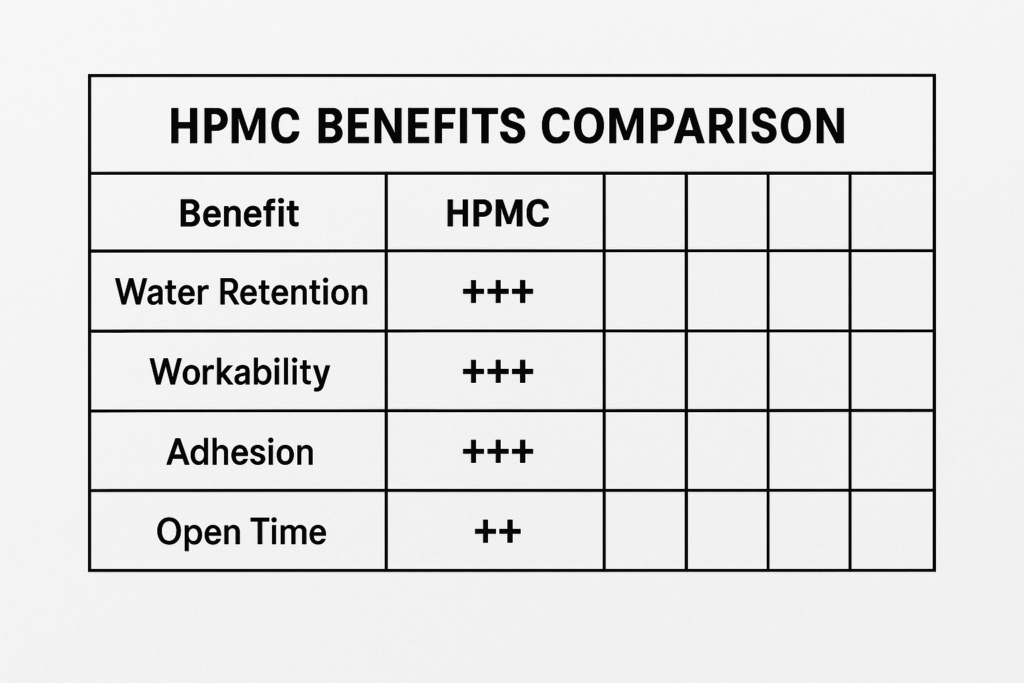
Why Leading Manufacturers Choose HPMC
Through my years at WANHONG, I've had many conversations with quality control managers who switched to our HPMC from other additives. The reasons are consistently compelling.
Compared to starch-based thickeners, HPMC provides much more consistent performance across varying temperature and humidity conditions. This is crucial for manufacturers exporting to different climate zones. One of our customers in the UAE found that our HPMC maintained consistent performance even during extreme summer heat, while their previous starch-based additive would break down.
HPMC also offers exceptional compatibility with other additives. When formulating complex dry-mix mortars with multiple components (cements, fillers, redispersible powders, accelerators, etc.), HPMC rarely causes interference issues. This compatibility simplifies formulation work and reduces the risk of unexpected interactions.
| Property | HPMC Advantage | Impact on Final Product |
|---|---|---|
| Water Retention | Superior to most alternatives | Better cement hydration, fewer cracks |
| Temperature Stability | Performs well from 5°C to 35°C | Consistent results in varying climates |
| UV Resistance | Excellent | Better long-term durability |
| Biodegradability | Yes, environmentally friendly | Meets growing sustainability requirements |
| Salt Compatibility | High tolerance | Works well in coastal areas or with hard water |
| pH Stability | Stable across pH 3-11 | Compatible with various chemical environments |
Through my years at WANHONG, I've had many conversations with quality control managers who switched to our HPMC from other additives. The reasons are consistently compelling.
Compared to starch-based thickeners, HPMC provides much more consistent performance across varying temperature and humidity conditions. This is crucial for manufacturers exporting to different climate zones. One of our customers in the UAE found that our HPMC maintained consistent performance even during extreme summer heat, while their previous starch-based additive would break down.
HPMC4 also offers exceptional compatibility with other additives. When formulating complex dry-mix mortars with multiple components (cements, fillers, redispersible powders, accelerators, etc.), HPMC rarely causes interference issues. This compatibility simplifies formulation work and reduces the risk of unexpected interactions.
| Property | HPMC Advantage | Impact on Final Product |
|---|---|---|
| Water Retention | Superior to most alternatives | Better cement hydration, fewer cracks |
| Temperature Stability | Performs well from 5°C to 35°C | Consistent results in varying climates |
| UV Resistance | Excellent | Better long-term durability |
| Biodegradability | Yes, environmentally friendly | Meets growing sustainability requirements |
| Salt Compatibility | High tolerance | Works well in coastal areas or with hard water |
| pH Stability | Stable across pH 3-11 | Compatible with various chemical environments |
Additionally, HPMC from reliable manufacturers like Kehao comes with comprehensive technical support. We don't just sell a product; we provide complete application knowledge and troubleshooting expertise.
Additionally, HPMC from reliable manufacturers like Kehao comes with comprehensive technical support. We don't just sell a product; we provide complete application knowledge and troubleshooting expertise.
Conclusion
HPMC is an essential additive for high-quality construction materials, offering superior water retention, workability, and adhesion. Choosing the right grade from a reliable supplier like Kehao ensures consistent performance across all your applications, saving time and money while delivering excellent results for your customers.
-
Understanding HPMC's role can enhance your knowledge of mortar formulations and their effectiveness. ↩
-
Explore how HPMC enhances construction materials, improving adhesion and workability for better performance. ↩
-
Explore how HPMC enhances construction materials, offering superior water retention and compatibility, making it a game-changer in the industry ↩
-
Explore the advantages of HPMC in construction, including its performance and compatibility with other additives, to enhance your formulations. ↩
